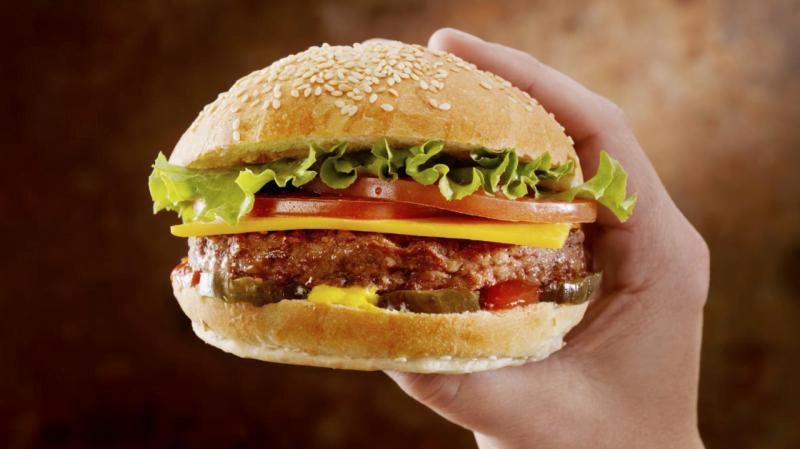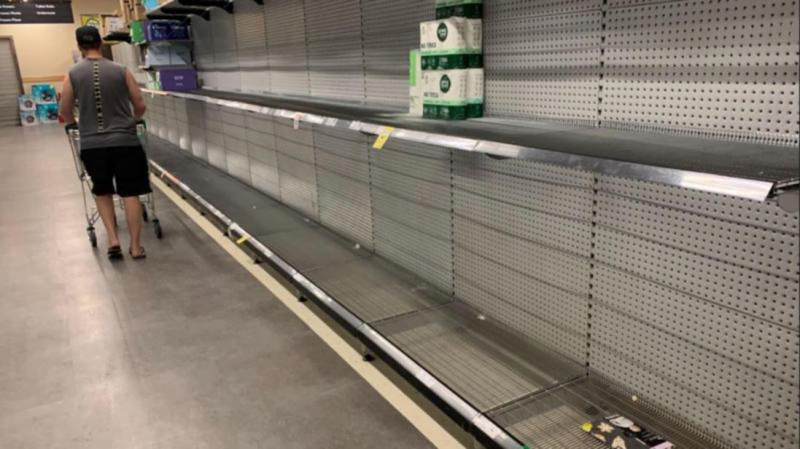Growers and suppliers say skyrocketing prices for fresh fruit and vegetables will remain at record highs for weeks to come after the latest NSW flood disaster destroyed crops and placed further strain on supply chains.
Ritchies IGA NSW produce supervisor and buyer Gavin Lockwood said soaring prices, which had seen retail prices increase as much as 200 per cent on a year ago, were likely to remain for longer after the latest bout of rain.
“The thought was last week that NSW would be back around the middle of August to a normal full supply but that was before this latest flood,” he said.
Mr Lockwood said the fresh produce crisis, which had seen prices for everyday produce like iceberg lettuce soar to above $10, had started to ease with silverbeet now selling at $9.50, kale at $7 a bunch, bok choy at $5 and fancy lettuce at $6.
The latest flood has posed a further threat to the nation’s agricultural supply, however, with farms on Sydney’s flood-hit western fringes typically supplying green vegetables already in short supply.
“The floods we’ve seen the last few days are in that area in NSW that grows hydroponic lettuce, fancy lettuce, Asian veg like baby bok choy, kale and silverbeet; it’s all green veg grown out that way,” Mr Lockwood said. “We’re waiting for more of an update tomorrow from our suppliers to see what impact it will have and what we’re expecting to see.”
Perfection Fresh Sydney general manager Michael Schirripa said he had hoped the high prices would start to level off by the end of the week but the latest flood was “going to make life very hard for everybody”.
“There are some growers up to last week that had lettuce coming out of western Sydney; it’s crazy, lettuce is on everyone’s mind as it’s still very expensive at the moment,” he said.
“Things like cabbage are grown in western Sydney and shallots, radishes, bok choy, wombok, coriander and parsley, all these things with crazy prices at the moment.”
Mr Schirripa said despite the latest knock to supply, he didn’t think prices could increase much more as they were already turning off consumers.
“There has got to be a limit, you can’t keep putting it up and up,” he said. “If broccoli and peas and beans and corn go up, people revert to frozen foods.
“You’ve got to absorb some of the cost but we also have our expenses that are there everyday, so you can’t absorb all the cost.”
Farmer John Vella, 37, who grows baby cos lettuce, cauliflower, iceberg lettuce and Chinese cabbage on two properties near Camden southwest of Sydney said he had lost his entire crop worth between $300,000 and $400,000 in this flood.
“It’s the weather event, that is why everything is so short and so expensive in the shops,” he said.
‘It’s a total disaster – we had the rain, floodwaters, landslides.
“Last year we had Covid and all the workers got taken off us and it took us six weeks to get back, then Woolworths had Covid so we were losing stock there and then we had a hailstorm and another two floods after that.”
Road Freight NSW chief executive Simon O’Hara said the flood had put the supply chain under strain as truck drivers battled with wet roads and transport routes had to be reworked to avoid floodwaters, potentially adding 30 per cent to a trip.
He said freight companies were also being squeezed by high fuel prices, increasing equipment costs and Covid-19 fuelled staff shortages, and called on the federal government to reform the fuel tax credit to give some relief.
“The freight industry has been working at a higher tempo for 2½ years … and when you factor in fuel tax credit, it makes it hard for the industry to operate,” he said.
Extracted from The Australian



